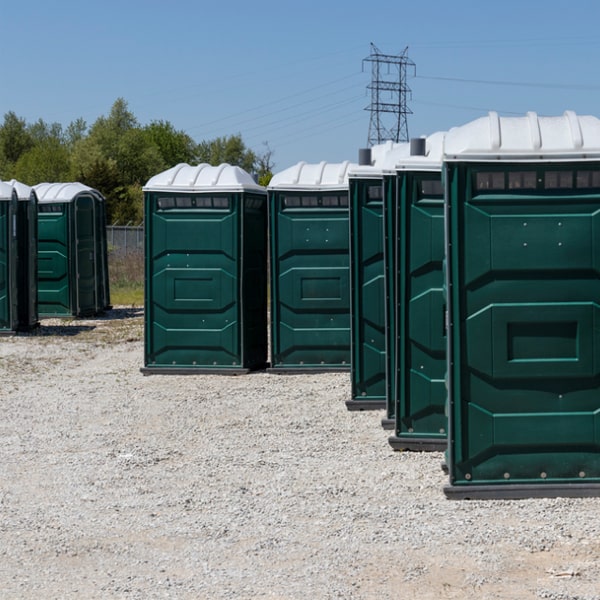When renting porta potties for construction sites in Atlanta GA, three key factors must be considered. Initially, guarantee compliance with local regulations by obtaining the necessary permits and adhering to health standards. Next, determine the appropriate number of units needed, generally one for every ten workers, adjusted for site conditions. Finally, implement ideal placement strategies by locating units within 200 feet of work areas, guaranteeing visibility, and providing ADA-compliant options. Addressing these factors will maintain productivity and improve worker satisfaction. To gain a deeper understanding of effective porta potty management, further insights await.
Local Regulations Compliance
When renting porta potties in Atlanta, GA, compliance with local regulations is vital to secure a smooth and lawful operation. The City of Atlanta and surrounding jurisdictions have specific guidelines regarding the placement, maintenance, and sanitation of portable restrooms to protect public health and safety.
Firstly, it is necessary to obtain any required permits before placing porta potties at your construction site or event venue. This may involve notifying local authorities about the number of units and their locations.
Moreover, all units must meet health and safety standards set forth by the Georgia Department of Public Health.
Regular servicing and maintenance are also mandated, which typically includes daily cleaning and restocking of important supplies. Failure to adhere to these requirements can result in fines or legal repercussions, affecting your project timeline and budget.
Furthermore, consider accessibility regulations outlined by the Americans with Disabilities Act (ADA) to guarantee that all attendees have adequate restroom access.
Number of Units Needed
Determining the appropriate number of porta potties for your event or construction site is crucial for guaranteeing adequate restroom access and maintaining a positive experience for all users.
The general guideline is to provide one unit for every 10-15 people for a standard event lasting around four hours. For longer events, supplementary units may be necessary to account for peak usage times.
In construction settings, factors such as the number of workers, the duration of the project, and the type of work being done should inform your decision. A common recommendation is to have one porta potty for every 10 workers on site.
However, if the work is physically demanding, or if there are shifts involved, think about increasing the number of units to accommodate higher restroom needs.
It's also crucial to evaluate the duration of the event or project. Longer durations may require more units to guarantee that facilities remain sanitary and accessible.

Finally, consult with your rental company, as they can provide valuable insights based on their experience with similar projects, helping you make an informed decision on the number of porta potties required.

Optimal Placement Strategies
Effective placement of porta potties is vital to guarantee convenience and accessibility for users during any event or construction site. To achieve ideal placement, consider the flow of foot traffic and the proximity to work areas or gathering spots.
Position units within a reasonable distance—ideally within 200 feet—of the main work zone to minimize disruption and encourage regular use. Visibility is also important; make sure that porta potties are easily identifiable and not obstructed by equipment or materials.
Furthermore, avoid placing them near food and beverage stations to maintain hygiene standards. It is advisable to set up units in shaded areas, if possible, to provide comfort during warm weather.
Consider accessibility for individuals with disabilities by placing at least one ADA-compliant unit in a location that allows for easy access. Regular maintenance checks should be scheduled to guarantee cleanliness and functionality throughout the duration of the project.
Lastly, assess the changing dynamics of the site; as the project progresses, repositioning units may be necessary to adapt to new work zones or increased http://atlantaadacompliantportapotties30312.theburnward.com/5-essential-portable-restrooms-for-weddings-in-atlanta-ga user demand.